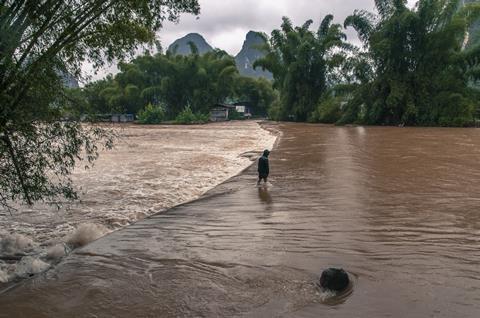Monsoon winds are carrying unexpectedly significant quantities of ozone-depleting substances high into the atmosphere over east Asia, with the east Asian summer monsoon delivering more than twice the concentration of very short-lived ozone-depleting substances known as organic chlorine compounds into the upper troposphere and lower stratosphere than previously reported. That is according to new research led by the US National Science Foundation and Nasa and co-authored by a large team of international scientists.

This particular class of synthetic chemicals can destroy ozone but persists for only a relatively short time – months to years – in the atmosphere, in contrast to ozone-depleting chlorofluorocarbons that persist for centuries.
The team’s conclusion is based on airborne observations taken during a major Asian field campaign by the US government in 2022. The study’s authors suggest that the findings raise questions about the pace of the recovery of the Earth’s ozone layer. The scientists measured carbon monoxide levels of up to 320 parts per billion, which they used as a proxy for industrial emissions, and they describe these levels as ‘remarkably high’ for an altitude of 15km. They also uncovered high levels of five short-lived chlorine compounds: dichloromethane, chloroform, 1,2-dichloroethane, tetrachloroethene and 1,2-dichloropropane.
Further studies are needed to analyse the potential implications for ozone recovery, the researchers suggested. They added that these observations came as a surprise and will need to be taken into account in projections of the recovery of stratospheric ozone, as well as climate change.
References
L Pan et al, Proc. Natl. Acad. Sci. USA, 2024, DOI: 10.1073/pnas.2318716121

















No comments yet